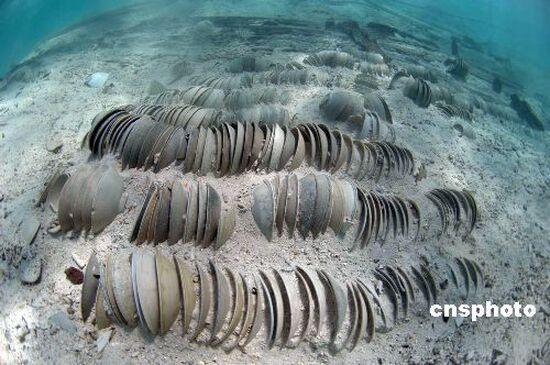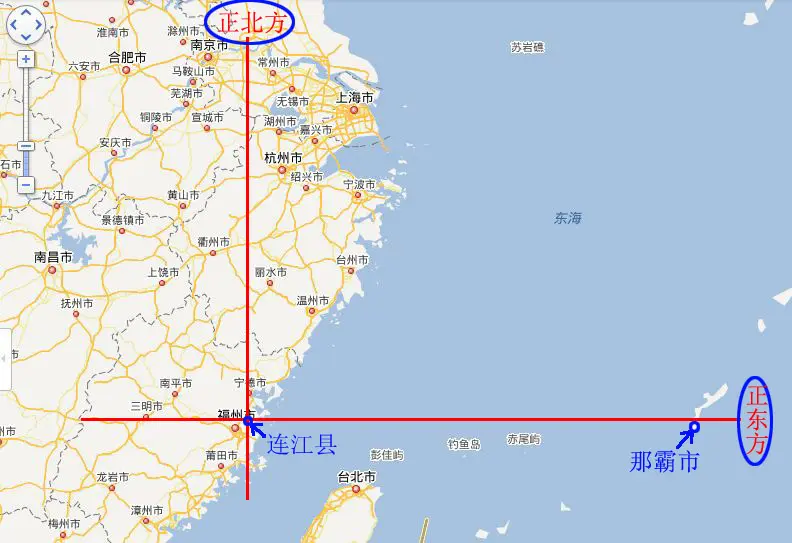shi (し) = four-corners, all-areas and comprensive-cover
U (受) = receive, meet, accept and stoically bear (suffer)
Ke (け) = stratagem, plan, calculation and measure
U (受) = receive, meet, accept and stoically bear (suffer)
Ke (け) = stratagem, plan, calculation and measure
























 RSS Feed
RSS Feed